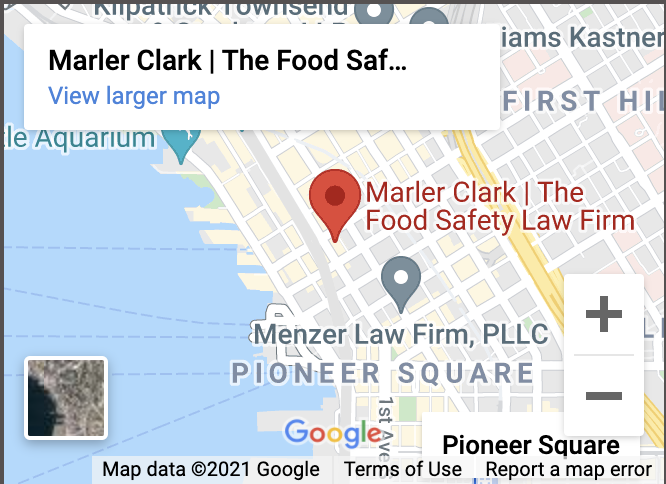Chapter 1
Cyclospora Food Poisoning
What is Cyclospora cayetanensis?
Cyclospora cayetanensis is a unicellular, microscopic parasite that can cause food- or water-related gastrointestinal illness. The oocyst form of the parasite is chlorine-resistant and must sporulate in the environment before it is a viable infectious agent. Cyclospora cannot be transmitted directly from one person to another through infected fecal matter; the parasite must complete part of its lifecycle outside of a host.

Only in recent decades has this parasite been recognized as an emerging foodborne pathogen. Cyclospora was previously thought to be a blue-green alga or a larger form of Cryptosporidium, another foodborne parasite. However, in 1977, the parasite was identified in human illness cases in Papua New Guinea. The first outbreak in the United States was documented in July 1990 among a group of physicians at a Chicago hospital, where the suspected vehicle was contaminated water or possibly food from a catered party. Cyclospora cayetanensis is the only species of this organism found in humans. Animal reservoirs for Cyclospora are not known at this time.
In the United States, Cyclospora causes about 11,000 illnesses and 11 hospitalizations, but infestations of this parasite do not typically result in death. Due to the self-limiting nature of the pathogen (which causes some people to not seek medical care), difficulty in diagnosing it specifically, and other factors, the Centers for Disease Control and Prevention (CDC) estimates that there could be very broad ranges of infection, from 140 to 38,000 annual cases. There are 15 pathogens responsible for 90% of foodborne illness cases acquired in the United States every year, and Cyclospora ranks last in terms of total economic burden ($2.3 million) and per-case economic burden ($202). This low ranking is due in part to relatively low incidence rates and low mortality rates, and results in economic losses primarily due to lost productivity.

Next Chapter
Epidemiology of Cyclospora